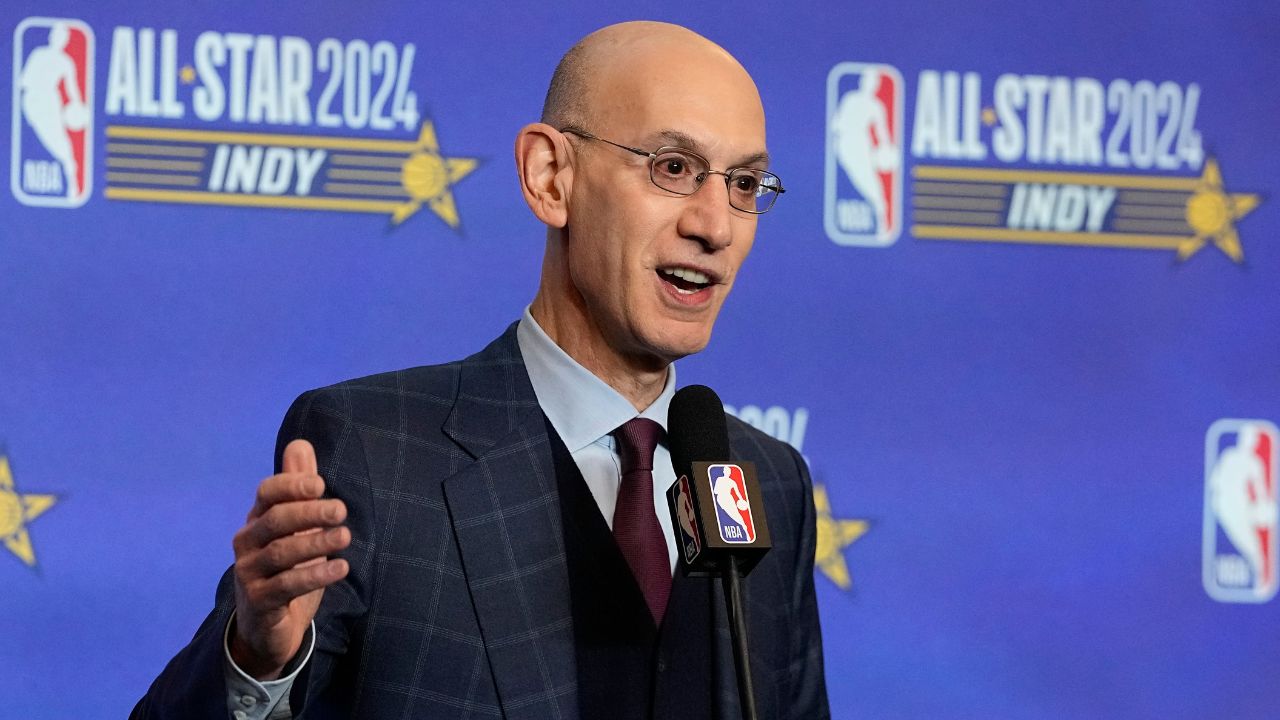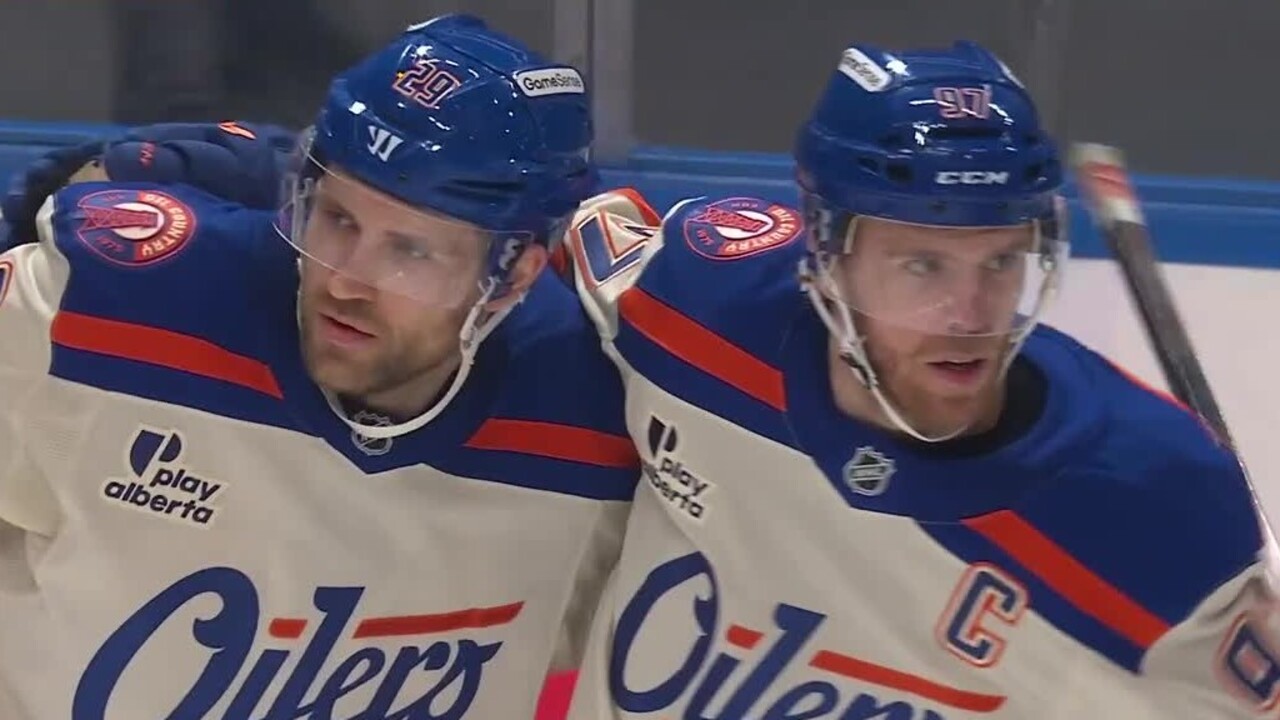
TORONTO – In the summer of 2011 Chris Antonetti, then Cleveland’s rookie general manager, approached Mark Shapiro, his predecessor promoted to club president, for approval of an uncharacteristically bold deadline strike. Ubaldo Jimenez of the Colorado Rockies was one of bigger names on the market but the price for the right-hander was steep – first-round picks Drew Pomeranz and Alex White, plus Matt McBride and Joe Gardner. Shapiro, ever-protective of the cost-efficient prospects that were the franchise’s lifeline, was reluctant. It was a trade he wouldn’t make, Shapiro cautioned, but ultimately gave Antonetti rein to complete the deal.
The episode from Shapiro’s past is one worth remembering as the Toronto Blue Jays embark on a 2021 season filled with hope, optimism and expectation. If things on the field go to plan, GM Ross Atkins will at some point in the coming months approach Shapiro for approval of a similar future-for-present deal, with some in-season augmentation probably necessary to secure a second straight post-season berth.
Intriguing is how Shapiro’s thinking about such deadline acquisitions has evolved since the Jimenez deal. The difference in markets between Toronto and Cleveland is obviously a driving factor, but after meticulously hoarding young talent from the moment he took over as Blue Jays president and CEO in November 2015, he acknowledges the time is nigh to cash in some of that prospect capital.
“In the excitement of the off-season additions, the piece that kind of gets missed is that we don’t think we’re done,” Shapiro said during a recent interview. “We are still a less than perfect major-league team and we’re going to have to be aggressive in supplementing and adding talent, both at the trade deadline and next off-season. I think the biggest, the most crucial steps that lie ahead are our continued development of the young base of talent in the system and at the major-league level, because there are going to be ups and downs, and continuing to supplement. So there will be some trades that are uncharacteristic of what we’ve done in the past, and there’ll be some continued acquisitions in free agency.”
There’s nothing like Opening Day!
The @BlueJays kick off the new season THURSDAY against the Yankees. Coverage begins 12pm ET / 9am PT on Sportsnet.#BlueJaysOnSN pic.twitter.com/0WFjCE6TKY
— Sportsnet (@Sportsnet) March 31, 2021
How far the Blue Jays are willing to deviate from their recent norms in that regard is particularly fascinating given this regime’s antipathy for the brilliant makeover conducted by former GM Alex Anthopoulos ahead of the 2015 trade deadline.
The key difference from then to now is how the rosters were situated relative to the organizational talent base. In 2015, the average age of Blue Jays position players was 29.6 with four regulars 30 or older and just two 26 or younger, while this year George Springer and Marcus Semien will be the only everyday players 30 or older, with four others 26 and under.
The farm system then was as stocked as it is now, but the current roster won’t be facing the same urgent need for youthful replenishment, and is better protected by organizational surplus. Win-now trades can quickly erode such a base – the Chicago Cubs are Exhibit A in that regard, with Dave Dombrowski’s Boston Red Sox not far behind – which is why finding the sweet spot between integrating and reallocating prospects is key to the club’s vision of sustained success.
“As long as you keep an eye on roster management, meaning that you have a balanced roster and you don’t start to trend too far one way where your club is heavily veteran-laden and you don’t have a supply of either young talent coming, or young players at the major league level, it’s OK (to trade prospects for win-now players),” said Shapiro. “I guess what I’d say is we need to be conscious and cognizant of continuing to transition young players to the major-league level, we just don’t have to do it en masse like we did two years ago and last year. But we need to continue to do it. We need to continue to bring young players to the major-league team, whether it’s Gabriel Moreno or Alek Manoh or Simeon Woods Richardson. We need to gradually keep young players coming in. As long as we’re balanced in how we do that and there’s one, two or three of those guys each year, not seven or eight, then we’re going to be fine.”
Especially because unlike Cleveland, or the Tampa Bay Rays, the Blue Jays don’t need to regenerate themselves every time one of their stars enters his money-making years. In the past year and a half, Cleveland has reallocated Trevor Bauer, Mike Clevinger and Francisco Lindor while the Rays, masters of the roster renewal game, flipped ace Blake Snell after going to the World Series.
The Blue Jays won’t need to run the same type of countdown timer on Vladimir Guerrero Jr., Bo Bichette and Nate Pearson, among others, since they should be able to afford extensions for them when the time comes. Within the current contractual cycle, they probably have one more mega-contract in them, with payroll capacity freeing once Hyun-Jin Ryu comes off the books after the 2023 season. Springer will be nearing the end of his term when Guerrero, Bichette and Pearson will be due their potential paydays, and by then the likes of Austin Martin and Jordan Groshans should just be entering their arbitration years while Orelvis Martinez and Miguel Hiraldo will be providing cost-efficient production (assuming the next collective bargaining agreement doesn’t dramatically rewrite the sport’s financial structure).
Some of the prospects will have to be flipped, but as long as they don’t get overly exorbitant the way the Cubs did in dealing Gleyber Torres (as part of the package for Aroldis Chapman) and Eloy Jimenez (as part of the package for Jose Quintana) in consecutive years, they could in theory keep success rolling long term.
Money, of course, will be a pivotal piece of that puzzle and the extended effects of the COVID-19 pandemic and the financial implications of at least a year and a half of displacement bear watching.
A telling sign is that while much of the industry was in a fiscally motivated retreat, the Blue Jays spent $150 million to land Springer and gave Semien $18 million for one year, among other deals. They begin the year at roughly $141 million, which ranks them in the 10-13 range depending on the calculation, a significant jump from their non-prorated total of $118 million in 2020, despite the likelihood of negligible attendance revenue this year.
Shapiro praised the ownership of Rogers Communications Inc., which also owns this website, for “providing us the capability to stay the course and continue with our plan, as if there was little or no interruption” although he added, “that doesn’t mean we haven’t altered the way we do business.”
“It doesn’t mean we’re not trying to be responsible in facing the losses that we’re facing,” he continued. “But when it comes to player payroll, we have largely stayed on course. Once we made those decisions that die was cast, we’re set in motion on that.”
The Blue Jays are selling tickets at up to 15 per cent capacity for their home games at TD Ballpark in Dunedin, Fla., and should they eventually need to move back into Buffalo’s Sahlen Field, current rules allow for up to 20 per cent capacity there.
Even if they max out those sales, “with the magnitude of losses that we are staring (at), there is little to no business implication on where we play until we can return home with full crowds,” said Shapiro. “This is more about providing the best environment for our players to play and creating some atmosphere and trying to lessen the competitive disadvantage that we’re facing.”
The Blue Jays are “obviously at least a year away from a meaningful return to normal revenue generation, something that won’t happen until restrictions on large-scale gatherings are rescinded. Typically, ticket prices tend to escalate alongside payroll increases, and while Shapiro said the club hasn’t “made those decisions for 2022,” he adds “I would imagine that we won’t change season-ticket-holder pricing.”
“The rest of it is dynamic, the rest of it is based upon demand,” he continued. “So if there’s a strong demand for our tickets, then single-game ticket prices will go up with that. That’s just a matter of Economics 101.”
As things stand, under normal circumstances, the Blue Jays “have a chance to produce revenue that puts us in the top third of the game, even with the exchange rate being a challenge,” during the type of high-demand period the club appears to entering, said Shapiro.
That’s enough to sustain a commensurate payroll, but further upside is limited by Rogers Centre’s realities.
“The most significant local revenue driver would have to come from either a significant renovation or a new stadium,” said Shapiro, “and I would not point to that in the near future.”
For the foreseeable future then, the parameters for the Blue Jays are relatively set. They enter this period working from as strong a base as any the franchise has ever had, amid the chaos wrought by COVID-19, with their building just beginning with Springer and Semien, rather than ending with them.




